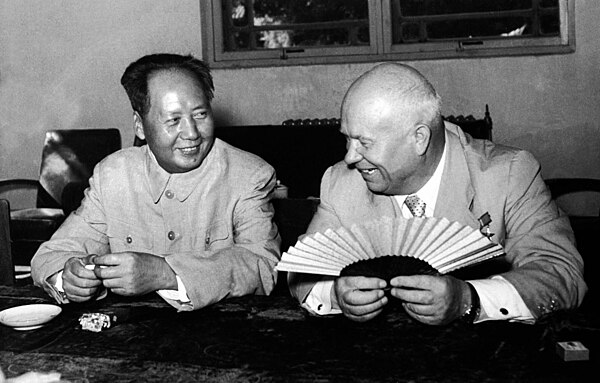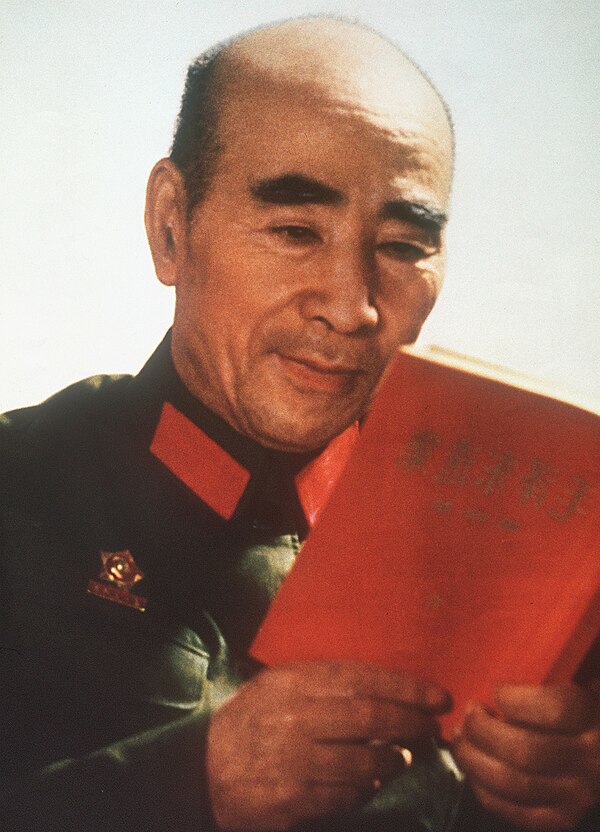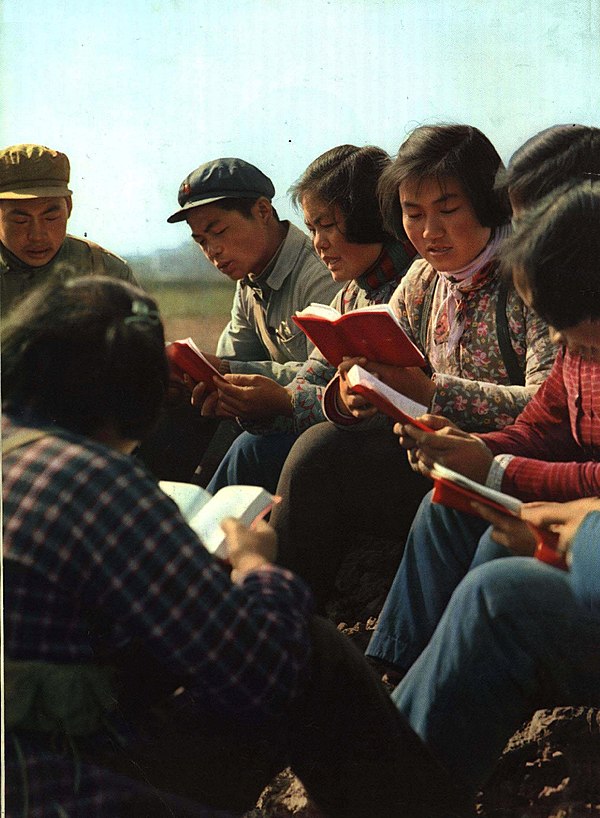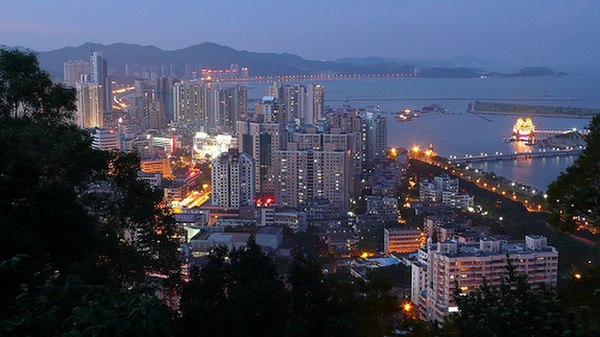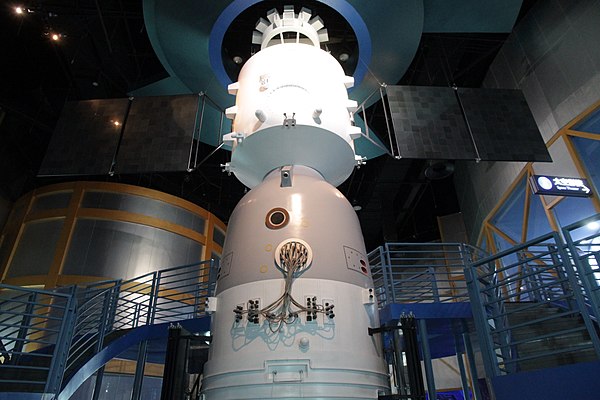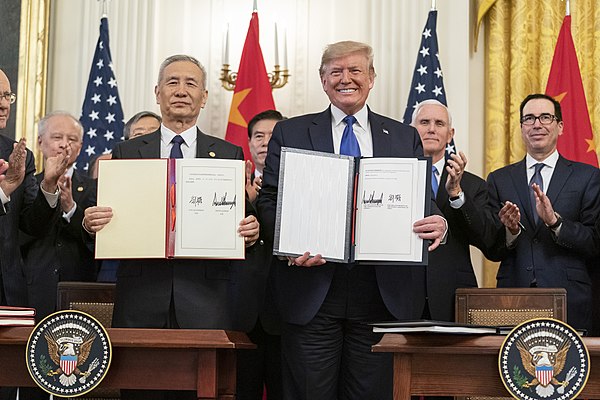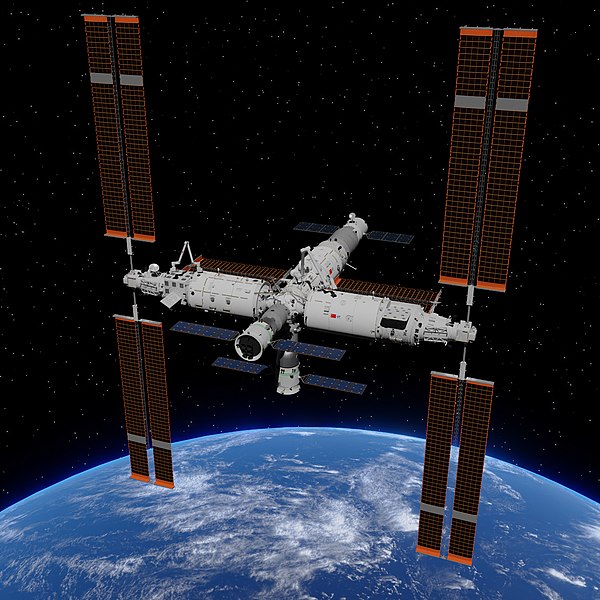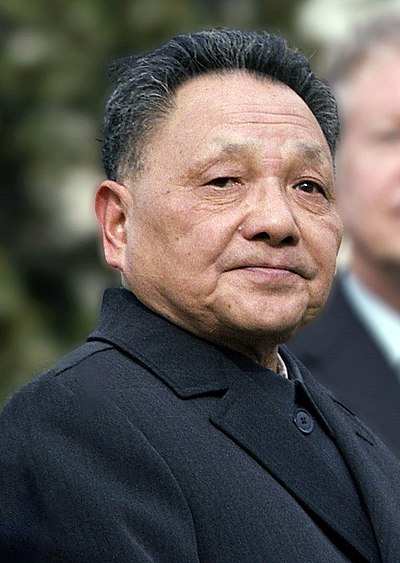
History of the People's Republic of China
In 1949, Mao Zedong declared the People's Republic of China (PRC) from Tiananmen, following a near complete victory by the Chinese Communist Party (CCP) in the Chinese Civil War. Since then, the PRC has been the most recent political entity to govern mainland China, taking the place of the Republic of China (ROC) which held power from 1912-1949, and the thousands of years of monarchical dynasties that came before it. The paramount leaders of the PRC have been Mao Zedong (1949-1976); Hua Guofeng (1976-1978); Deng Xiaoping (1978-1989); Jiang Zemin (1989-2002); Hu Jintao (2002-2012); and Xi Jinping (2012 to present).
The origins of the PRC can be traced back to 1931 when the Chinese Soviet Republic was proclaimed in Ruijin, Jiangxi, with the support of the All-Union Communist Party in the Soviet Union. This short-lived republic dissolved in 1937. Under Mao's rule, China underwent a socialist transition from a traditional peasant society, turning towards a planned economy with heavy industries. This change was accompanied by campaigns such as the Great Leap Forward and the Cultural Revolution which had a devastating effect on the entire country. From 1978 onwards, Deng Xiaoping's economic reforms made China the world's second-largest economy and one of the fastest growing, investing in high productivity factories and leading in certain areas of high technology. After receiving support from the USSR in the 1950s, China became a bitter enemy of the USSR until Mikhail Gorbachev's visit to China in 1989. In the 21st century, China's newfound wealth and technology has led to a competition for primacy in Asian affairs with India, Japan, and the United States, and since 2017 a trade war with the United States.








